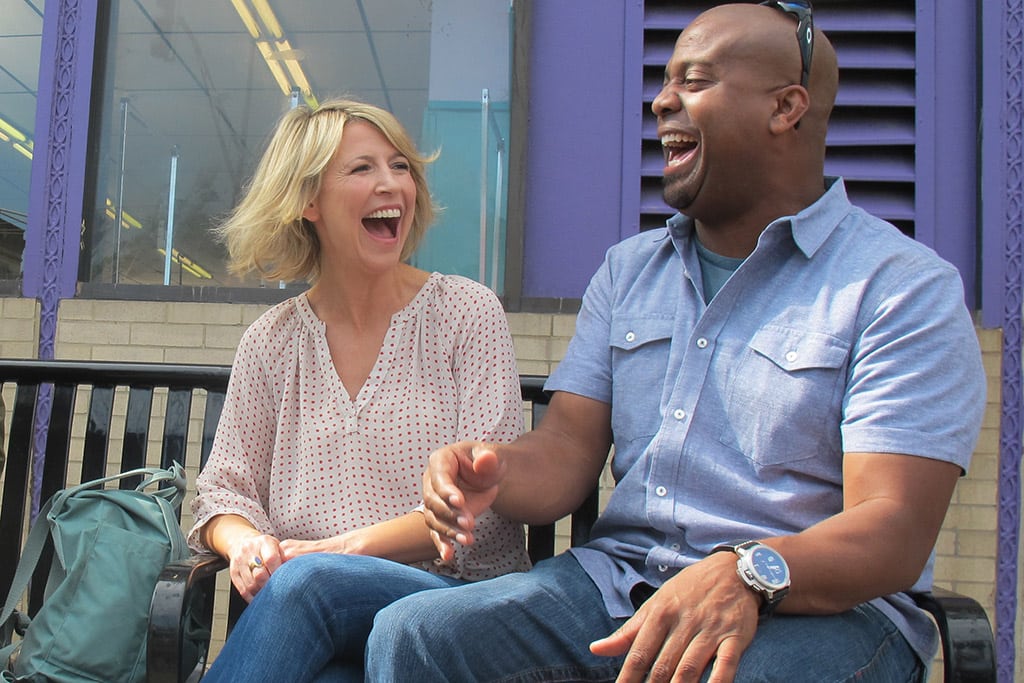Interview: Samantha Brown on the Evolution and the Opportunity of Travel TV

Skift Take
With the premiere of her newest show 50/50 on the Travel Channel, Samantha Brown opens up about the state of travel TV and the direction it is taking in the future.
In a world shaped by the immediacy of social media and accessibility to various tools and technologies, traditional television has managed to maintain a position among an ever-expanding team roster of new players, be that Snapchat, Instagram, or YouTube.
And with the further introduction and integration of GoPros, drones or virtual reality platforms, travel programming in particular has grown exponentially. Both traditional travel broadcasting and digital platforms continue to inspire people to travel, even if it's not overtly labeled "travel," presenting both a challenge and an opportunity to programmers.
Not many can attest to that like Samantha Brown, a travel TV Veteran whose new show "50/50", which she co-hosts with Chris Grundy, premiered Sunday night on Travel Channel.
"[Today's audience] is multitaskers to the tenth degree, so I know from that standpoint we can just deluge them with great information and great content, whereas before we used to really keep it back and keep it simple: Here's this experience now we are going to move on to this experience," Brown says. "We've been able to really multilayer in telev
